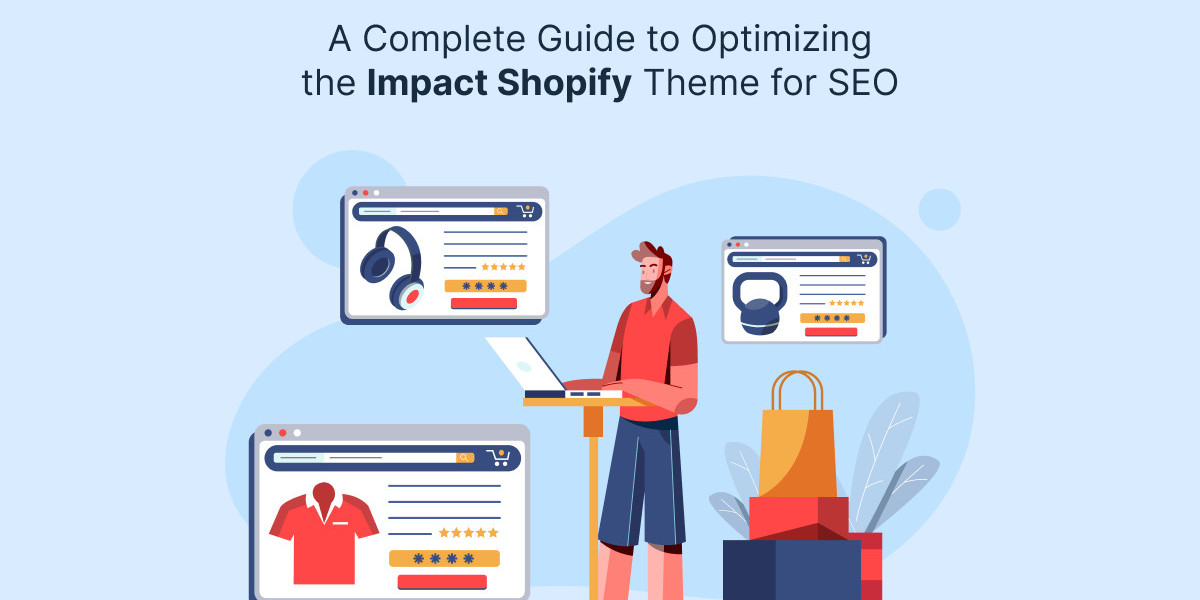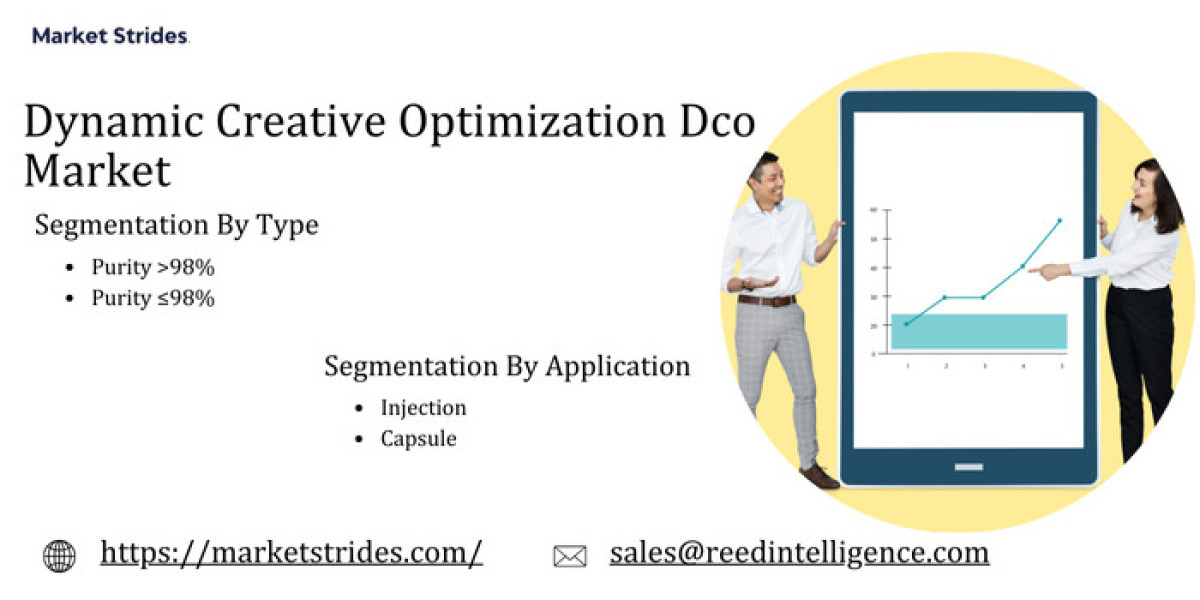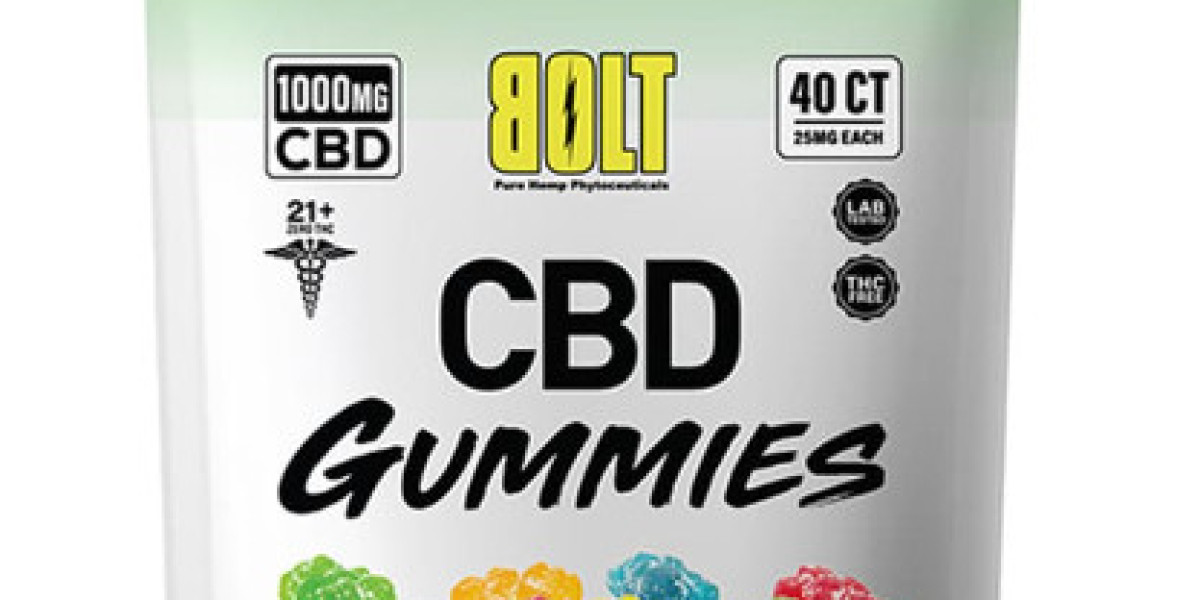Search engine optimization (SEO) is a crucial factor in driving organic traffic to your Shopify store. When your store is optimized for search engines, it becomes more visible to potential customers, leading to increased traffic and, ultimately, more sales. The Impact Shopify theme is built with several SEO-friendly features, but to truly maximize its potential, there are specific steps you can take. In this guide, we'll walk you through how to optimize the Impact theme for SEO, improving your store's search engine rankings and user experience.
Understanding the Role of SEO in Your Shopify Store
SEO is essential for any online store because it helps improve visibility in search engines like Google. When your store ranks higher for relevant keywords, more potential customers can find your products. A good SEO strategy goes beyond keywords to include factors like site speed, mobile optimization, and user experience. The Impact theme already incorporates many best practices for SEO, such as clean coding and responsive design, but there are several additional techniques you can apply to further improve your store’s search performance.
Optimizing URLs and Page Structure
A clean and well-structured URL is essential for both users and search engines. Shopify automatically generates URLs for products and pages, but you can customize them to make them more user-friendly and SEO-optimized. Instead of using a default URL with a long string of numbers or irrelevant characters, create concise and descriptive URLs that include relevant keywords related to your products. This makes it easier for search engines to understand the content of your page and rank it accordingly. For instance, a product page URL that includes the product name and type will perform better in search results compared to a generic URL.
To optimize your URLs, visit the Search Engine Listing Preview section within Shopify when editing a product or page. Modify the URL to be straightforward and reflective of the content on the page. At the same time, make sure your site’s overall structure is logical, grouping related products and collections together. This hierarchy helps search engines better crawl your store and understand how different pages are connected.
Improving Meta Titles and Descriptions
Meta titles and descriptions play an important role in how your pages appear in search engine results. The meta title is the clickable headline that appears in search results, while the description provides a brief summary of the page. Both should be optimized to include relevant keywords while also encouraging users to click through to your store.
For each product, collection, and page on your Shopify store, ensure that your meta titles and descriptions are unique, clear, and compelling. Keep the meta title under 60 characters and the description under 160 characters to ensure they display properly in search results. Include relevant keywords that accurately describe the content while also being appealing to potential customers. Shopify makes it easy to edit these fields in the Search Engine Listing Preview section of each page.
Optimizing Images with Alt Text
Images are essential for e-commerce stores, but search engines rely on alt text to understand the content of your images since they cannot "see" them. Alt text is a brief description of the image that provides context to search engines, making it easier for them to index your images. Additionally, alt text improves accessibility by providing descriptions for visually impaired users.
When uploading images in the Impact theme, ensure that each one has descriptive alt text that includes relevant keywords. This helps improve your store’s overall SEO and gives search engines more information about your products. To add alt text in Shopify, simply click on the image and enter the description in the appropriate field.
Enhancing Site Speed for Better SEO
Site speed is a major factor in both SEO and user experience. A fast-loading website is more likely to rank higher in search results, as Google prioritizes websites that provide a smooth user experience. The Impact shopify theme is designed for speed, but there are additional steps you can take to further improve loading times.
Start by optimizing your images to reduce file sizes. Large images can slow down your site, so using tools to compress them without sacrificing quality can make a significant difference. Minimizing the use of third-party apps is another way to enhance performance, as too many apps can clutter your website and lead to slower load times. Finally, keep JavaScript and CSS files streamlined to ensure that your website loads as quickly as possible.
Writing SEO-Friendly Product Descriptions
Product descriptions are an important element of SEO because they provide search engines with valuable content. Well-written descriptions that include relevant keywords can improve your product pages' rankings in search results. Avoid overloading the text with keywords (also known as keyword stuffing), but make sure that important terms appear naturally throughout the description.
When writing product descriptions, focus on highlighting key features, benefits, and unique selling points. Provide clear and informative details that help potential customers make purchasing decisions. Well-written product descriptions that are both keyword-rich and informative can greatly improve both your store’s SEO and conversion rates.
Ensuring Mobile Optimization
With more customers shopping on mobile devices, mobile optimization is a critical component of SEO. Google now uses mobile-first indexing, meaning it primarily uses the mobile version of a site for ranking purposes. The Impact theme is fully responsive, adjusting to fit any screen size, but it’s still important to check how your store looks and performs on mobile devices.
Test your store's mobile experience to ensure that text, images, and buttons are easily accessible. If your mobile store is not user-friendly, visitors may leave quickly, negatively impacting your SEO rankings. Ensuring a smooth and fast mobile experience will not only improve your SEO but also make shopping more convenient for your customers.
Conclusion
Optimizing the Impact Shopify theme for SEO is an essential step for boosting your store’s visibility and driving organic traffic. By focusing on aspects such as URL structure, meta titles, alt text for images, site speed, and mobile optimization, you can significantly enhance your store’s search engine rankings. Additionally, writing high-quality, keyword-rich product descriptions and ensuring a smooth mobile experience will contribute to improved customer satisfaction and higher conversion rates. With these strategies in place, your Shopify store will be well-positioned to succeed in the competitive world of e-commerce.



